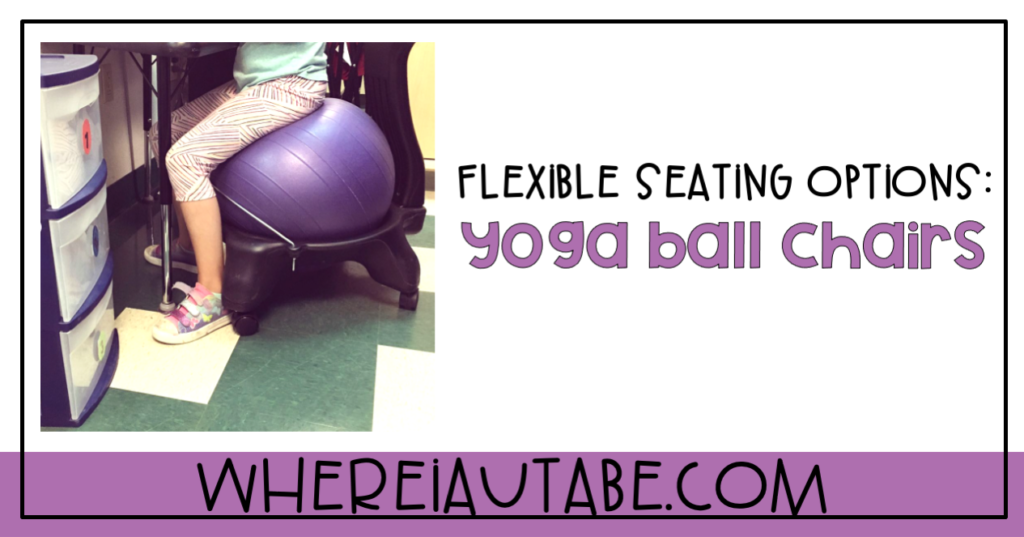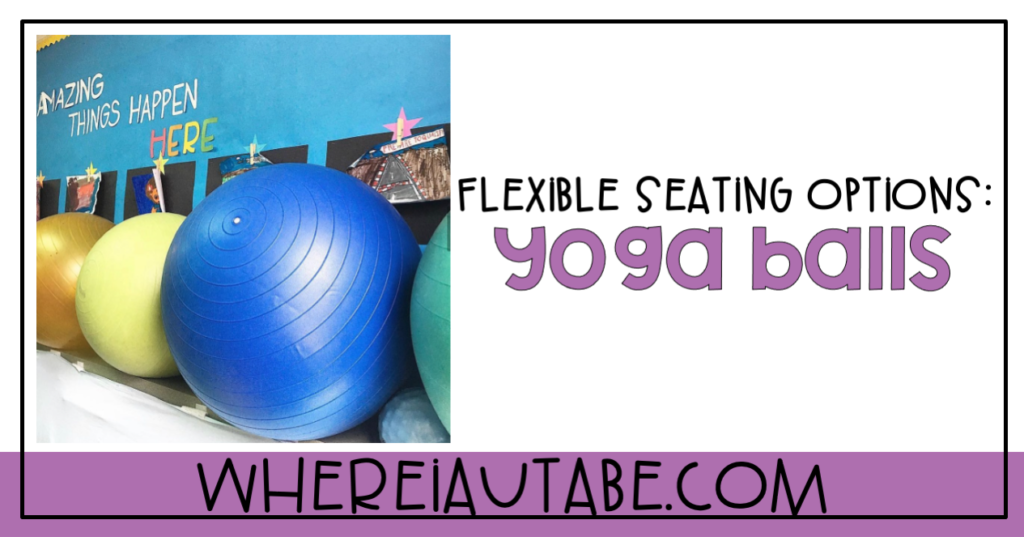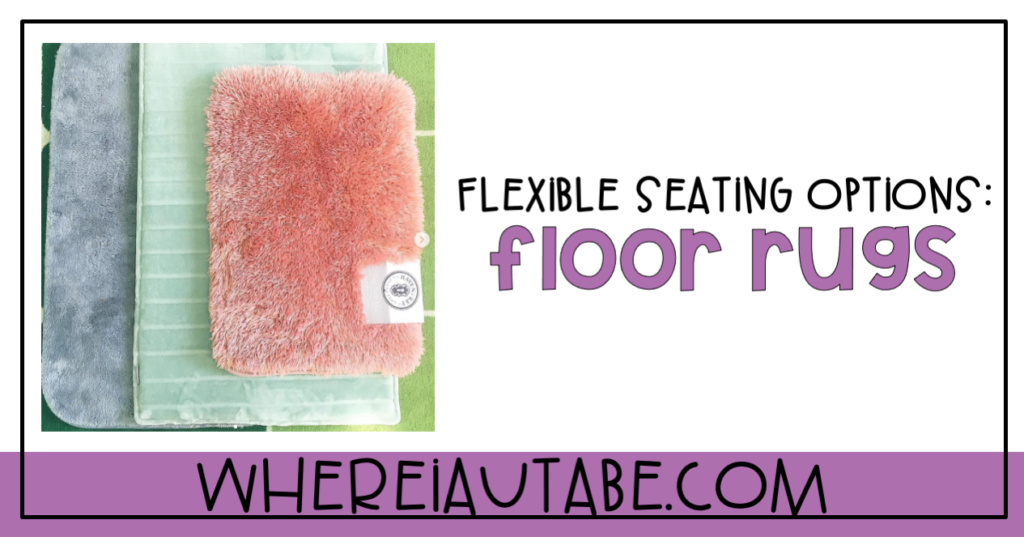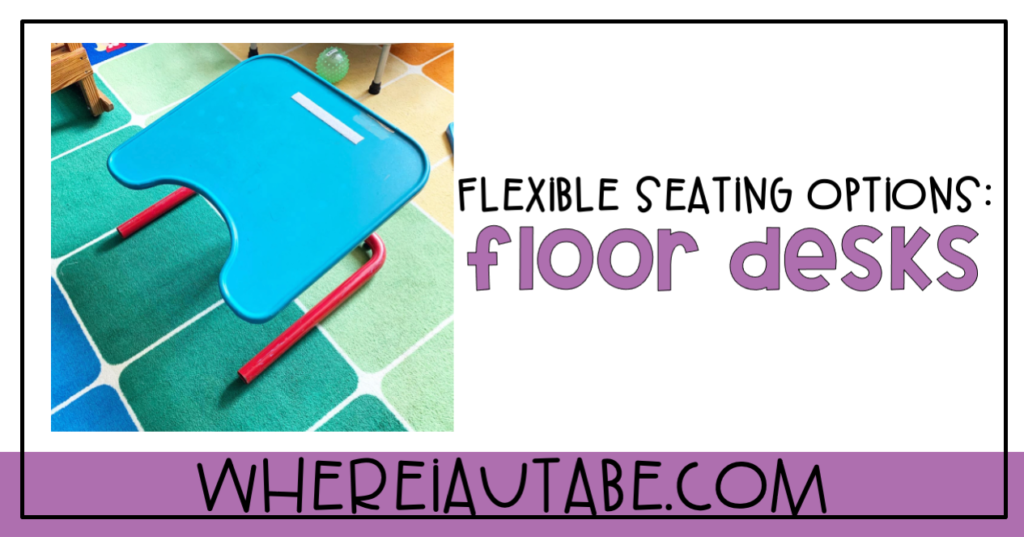The key with flexible seating is to be flexible. It’s not about what you want. It’s about what promotes the most successful learning style for each student. Many students benefit from wiggling, rocking, bouncing, and spinning to name a few. This is not an all encompassing list and what works for one student won’t always work for all. Here are a handful of flexible seating options that students have chosen over the past several years in my classroom.

1. Bungee Chair
This chair offers some great bounce especially for students who love to repeatedly rock back and forth. True life: I need more of these in my classroom! One isn’t cutting it!
2. Yoga Balls or Yoga Ball Chairs
These options are perfect for students who love to bounce. They offer lots of joint movement. These have always been a fan favorite for my little classroom bouncers.

3. Office Chair
An underrated option in my opinion. Mainly because I have found countless of these for cheap or free at garage sales, Goodwill, or throughout my school! These are a popular option for students who love spinning. An office chair is an amazing way to offer spinning right inside your classroom.
4. Zuma Chair
This chair gives some good rocking input. And I love this as a replacement for students who loves to lean back in your typical classroom chair (which we all know can be a nerve-racking hazard).

5. Standing
I could talk about this one forever. Do you also feel like it’s been drilled in us as teachers that students must sit to learn? FALSE! You want to stand and do your work? If that’s what works best for you, have at it! Most school tables and desks can be raised up a few notches to create more of a standing desk than a sitting desk.
6. Sitting On The Floor
This is another option that I think we don’t consider because we think that flexible seating means a chair. I’ve had plenty of students who love the floor. I try to provide some sort of floor desk to write on or even a clipboard can work well too. Sometimes I even offer a poly spot or soft textured bath rug to visually mark their floor spot.

I hope this list inspires you to consider a flexible seating option you hadn’t heard of before. It took me a few years to realize all the different ways students prefer to learn. The one common denominator is that it was always different for each student.
If you enjoyed reading this blog post, be sure to check out my other special education teacher related blog posts.
Happy teaching,
Sofie








